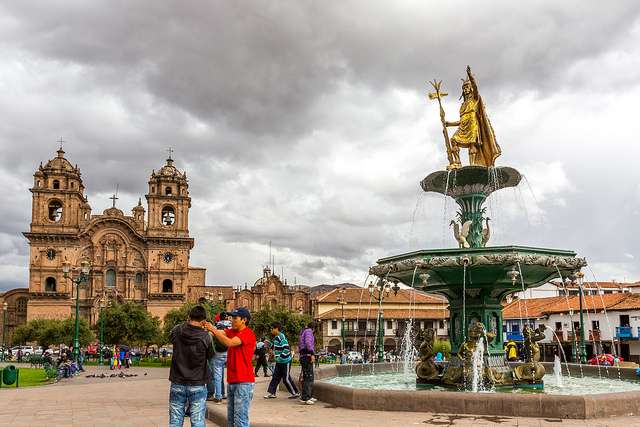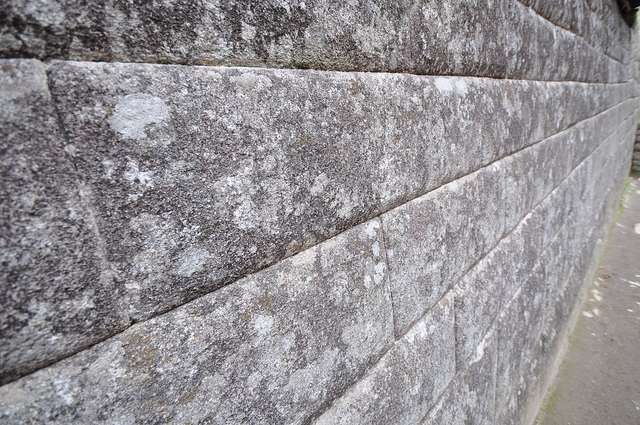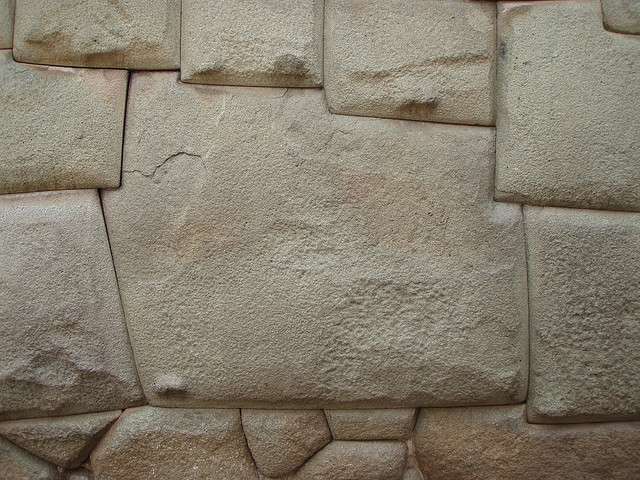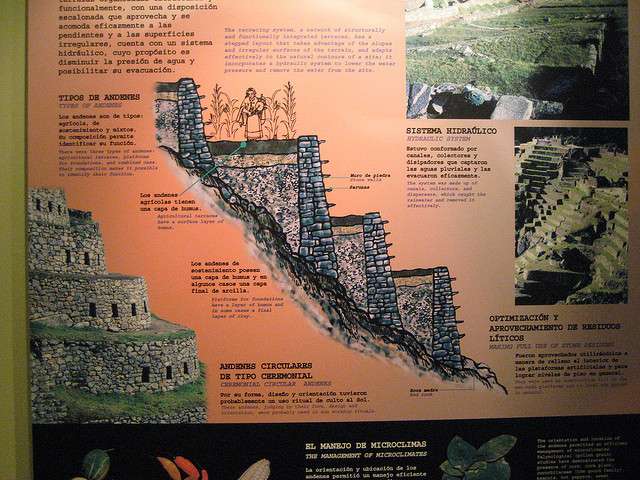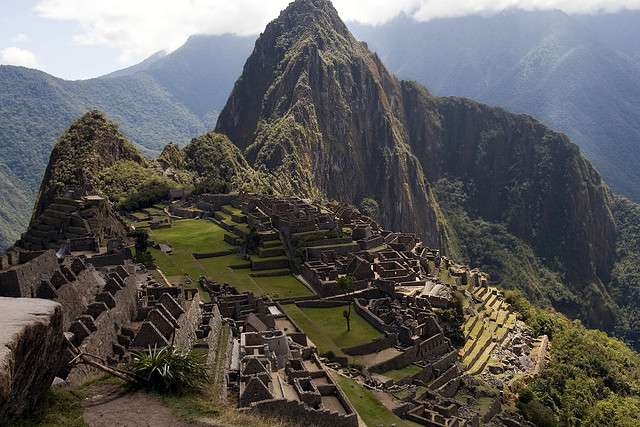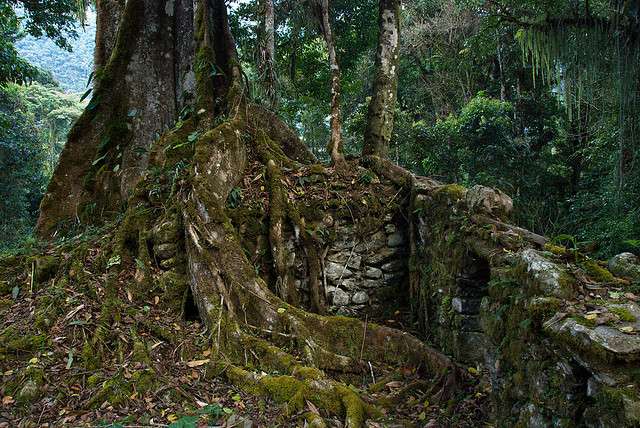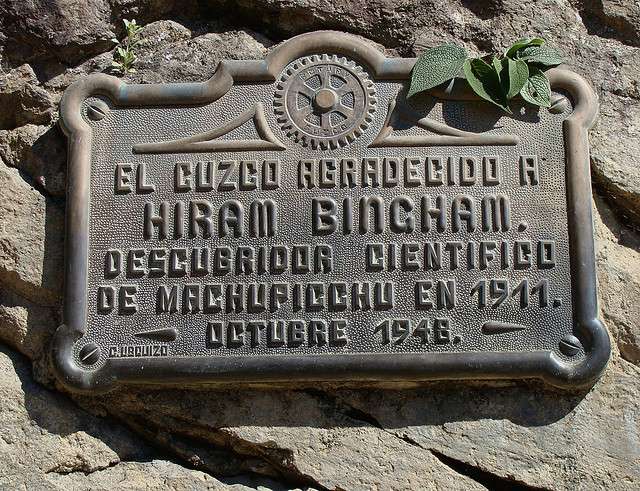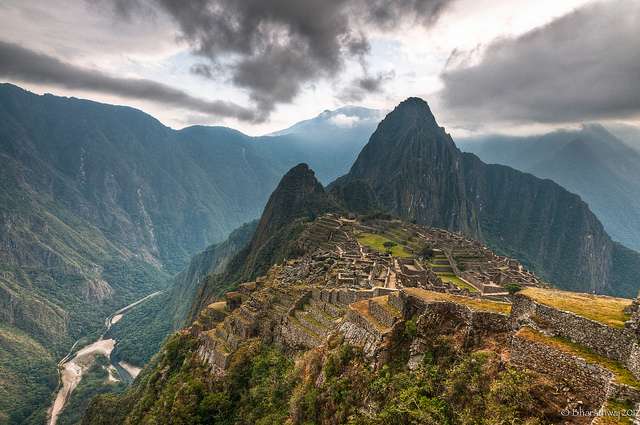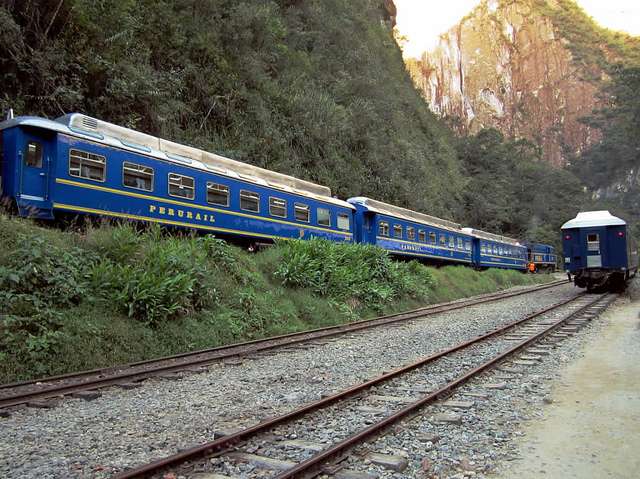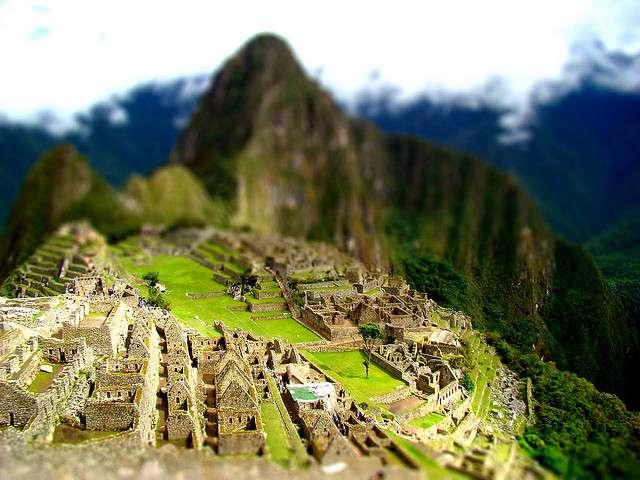| 4 mins read
Peru’s Machu Picchu is one of the world’s most mysterious and captivating man-made marvels. Built in the 15th century, this “Lost City of the Incas” is one of Latin America’s biggest icons and greatest historical, cultural and tourist attractions. Situated nearly 8,000 feet above sea level in the bosom of the Andes Mountains, what makes this Incan city so intriguing is not only its size, beauty and surroundings, but also the mystery that shrouds its construction and purpose. Looking to learn more about this Incan/Peruvian masterpiece? Here are ten interesting facts about Machu Picchu:
When and Why Was Machu Picchu built?
It is believed Machu Picchu was built around 1450, during the height of the Incan Empire. Some believe the structure was built as a royal Incan Residence; a place where Emperor Pachacuti could relax, retreat, house and entertain his family and guests. Others believe that the site was used for religious purposes-as the complex is strategically positioned amongst other religiously significant mountains, with perfect views of both sunrise and sunset.
How Was Machu Picchu Built?
Machu Picchu’s construction is perhaps the most amazing feature about the complex. Historians have confirmed that no animals, iron tools or use of wheels were used during the construction and building of Machu Picchu. In fact, there was no mortar used whatsoever to keep the stones in place. Instead, Incan builders perfectly cut each stone to securely lock into one another; even today visitors cannot fit a credit card between the cracks!
Is Machu Picchu Threatened by Earthquakes?
The quick answer, yes. When it comes to seismic activity, Peru is always threatened. Machu Picchu itself is actually built atop two fault lines, which almost guarantees it will encounter some serious earthquakes. However, thanks to the amazing architecture and perfect construction of Machu Picchu, the stones of the complex simply shake during an earthquake, and fall perfectly back into position afterwards. An ancient earthquake-proof complex? Amazing!
How Stable are Machu Picchu’s Foundations?
Another amazing fact about Machu Picchu’s construction is that 60% of it was done underground! From extremely strong, deep foundations to its crushed rock drainage system, Machu Picchu was, and still is a marvel of architecture.
Who Discovered Machu Picchu?
In 1911, an avid explorer and Yale University professor named Hiram Bingham III discovered the ruins of Machu Picchu, which were mostly overgrown and covered up at the time.
How Was Machu Picchu Discovered?
It is believed that Hiram Bingham was actually in search of a different “lost city” called Vilcabamba when he stumbled upon Machu Picchu. He claimed at the time that this was, in fact, the lost city, as well as the last Incan city to have been built- though both claims have since been refuted.
The Controversy
Upon discovering Machu Picchu, Hiram Bingham not only documented and shared his findings with the world, but also brought over 40,000 artifacts from the site back to Yale University… in 2012 all artifacts were returned.
Machu Picchu’s Layout
Machu Picchu was built to keep the royal residents and lower class workers segregated. Different tiers of the complex held different purposes, with urban, agricultural, temple and working quarters all kept separately. The cultivated, terraced lands of the complex were so extensive that they could produce four times the amount of food that was actually needed for its inhabitants.
Accessing Machu Picchu
There are no motor able roads leading to Machu Picchu; visitors have the option of trekking it (preferably under the guidance of an experienced Machu Picchu tour guide) or reaching the complex by rail.
What Modern Problems Does Machu Picchu Face?
Despite its incredible construction and earthquake-proof foundations, modern tourism poses the biggest threat to the complex. To best preserve the area, the Peruvian government permits only 2,500 visitors per day to Machu Picchu. A no-fly zone situated above and around the perimeter, and a cap on the number of daily visitors are measures to preserve the longevity of this awe inspiring Incan experience that still holds onto its ancient charm and mysticism
Photo credits and license details: https://flic.kr/p/gRzKm3 (Guy Vindigni, CC BY-ND 2.0), https://flic.kr/p/5SiZqm (Sheep"R"Us, CC BY-NC-ND 2.0), https://flic.kr/p/5cHxQt (Julia Manzerova, CC BY-ND 2.0), https://flic.kr/p/7VXr2Q (Jorge Láscar, CC BY 2.0), https://flic.kr/p/4ToKYN (Jeremy Reding, CC BY-NC-ND 2.0), https://flic.kr/p/4fWcg8 (Franck Zecchin, CC BY-NC-SA 2.0), https://flic.kr/p/6RhNDf (Patrick Savalle, CC BY-NC-ND 2.0), https://flic.kr/p/d4kPt9 (David Stanley, CC BY 2.0), https://flic.kr/p/dhJ4Jg (Shubhika Bharathwaj, CC BY-NC-ND 2.0), https://flic.kr/p/5VYup6 (Elke Noda, CC BY-NC-ND 2.0)


